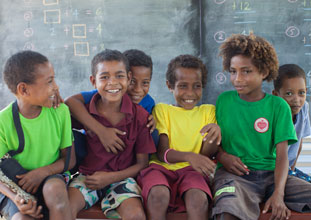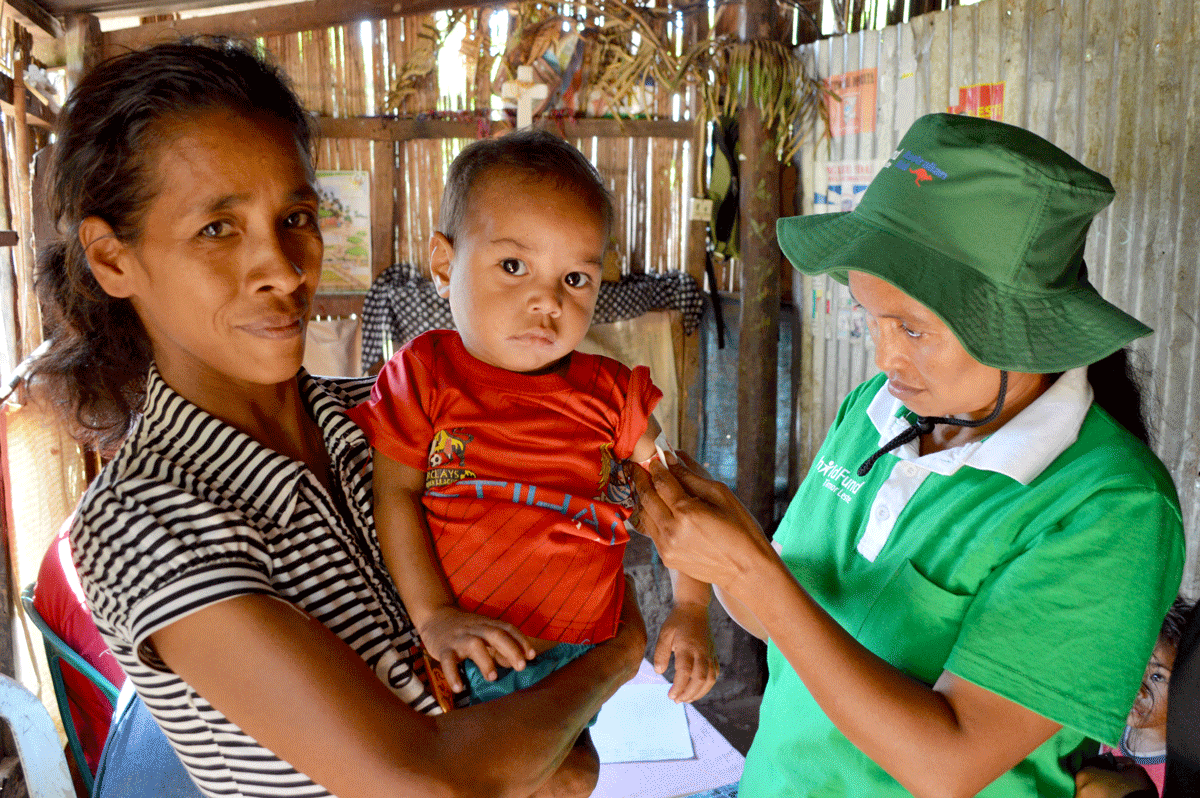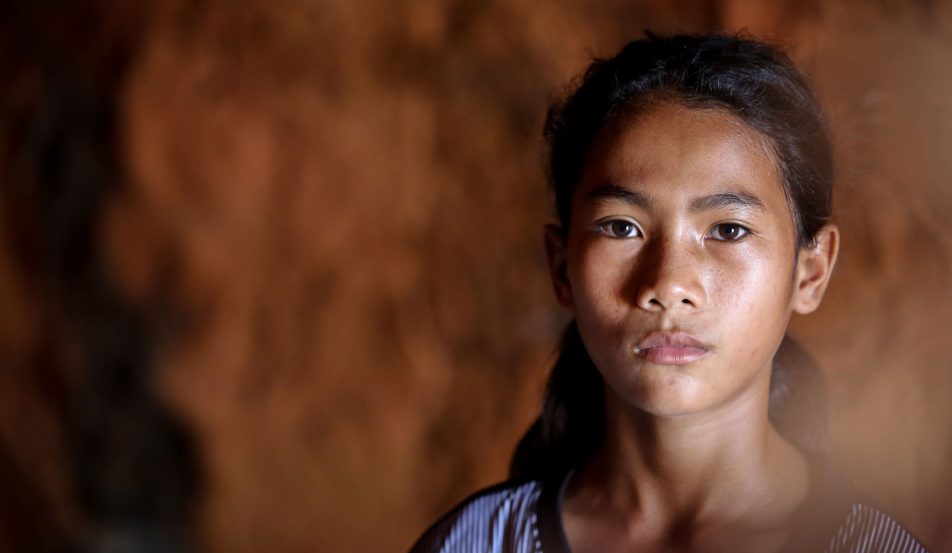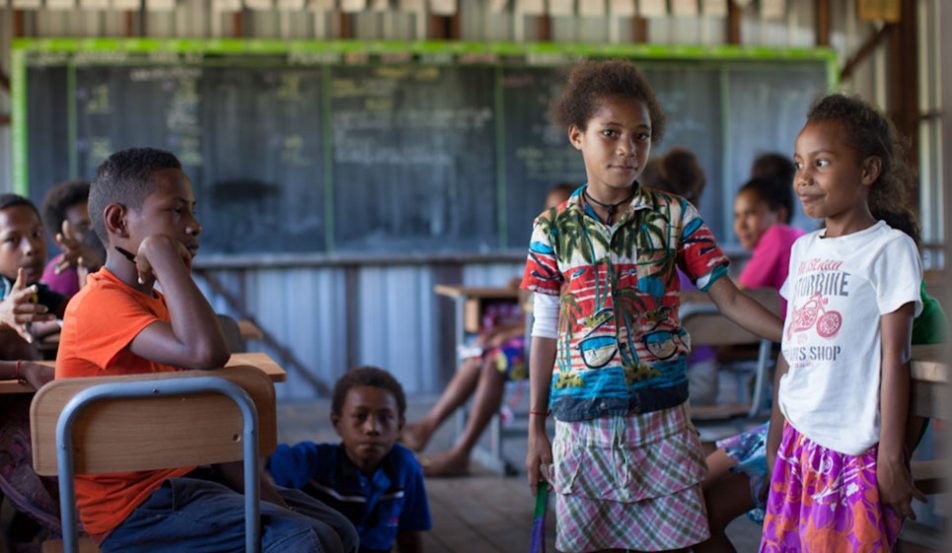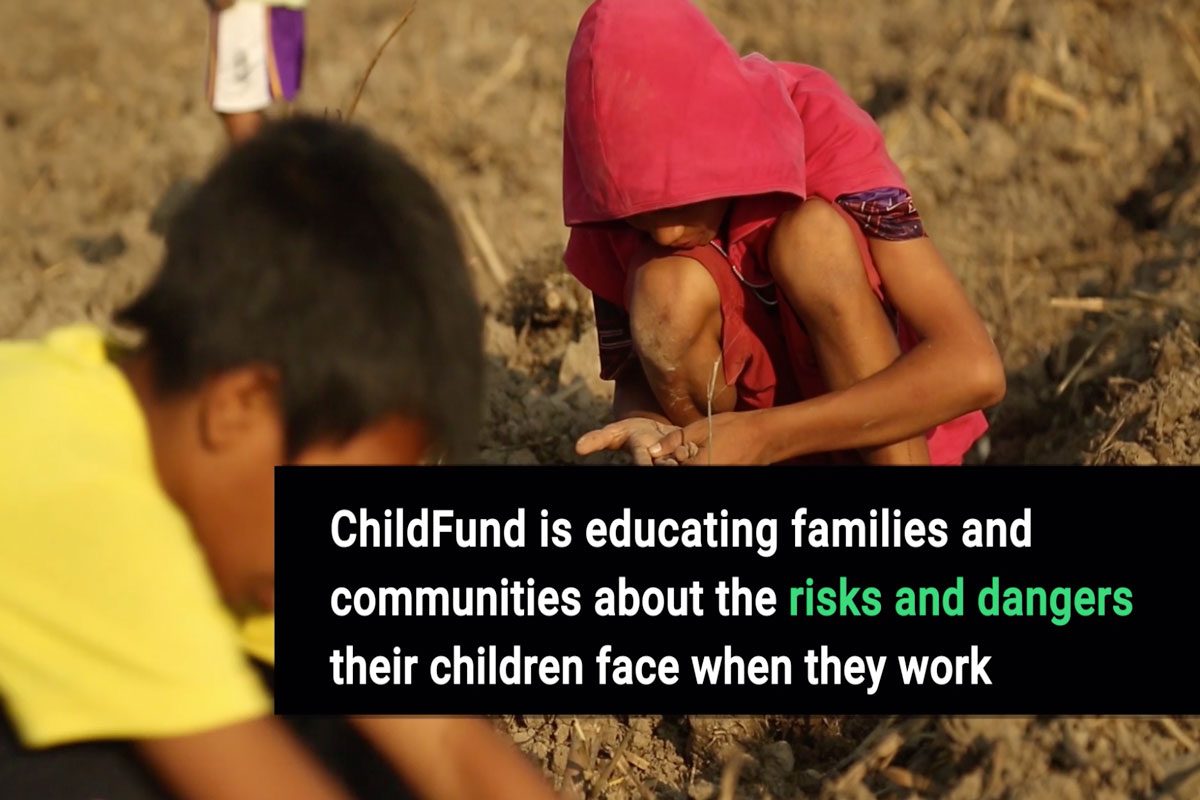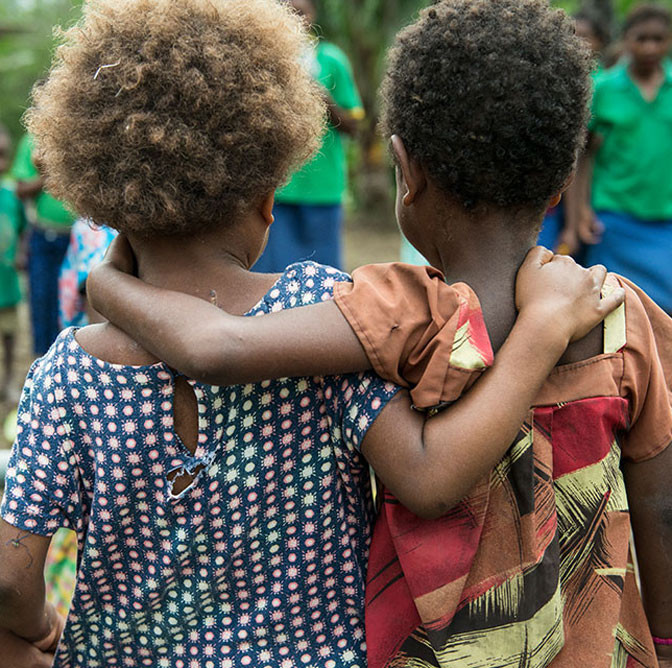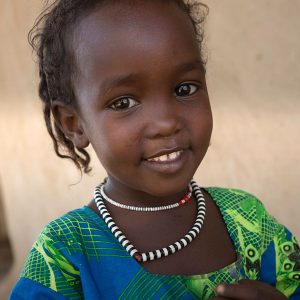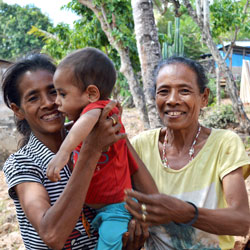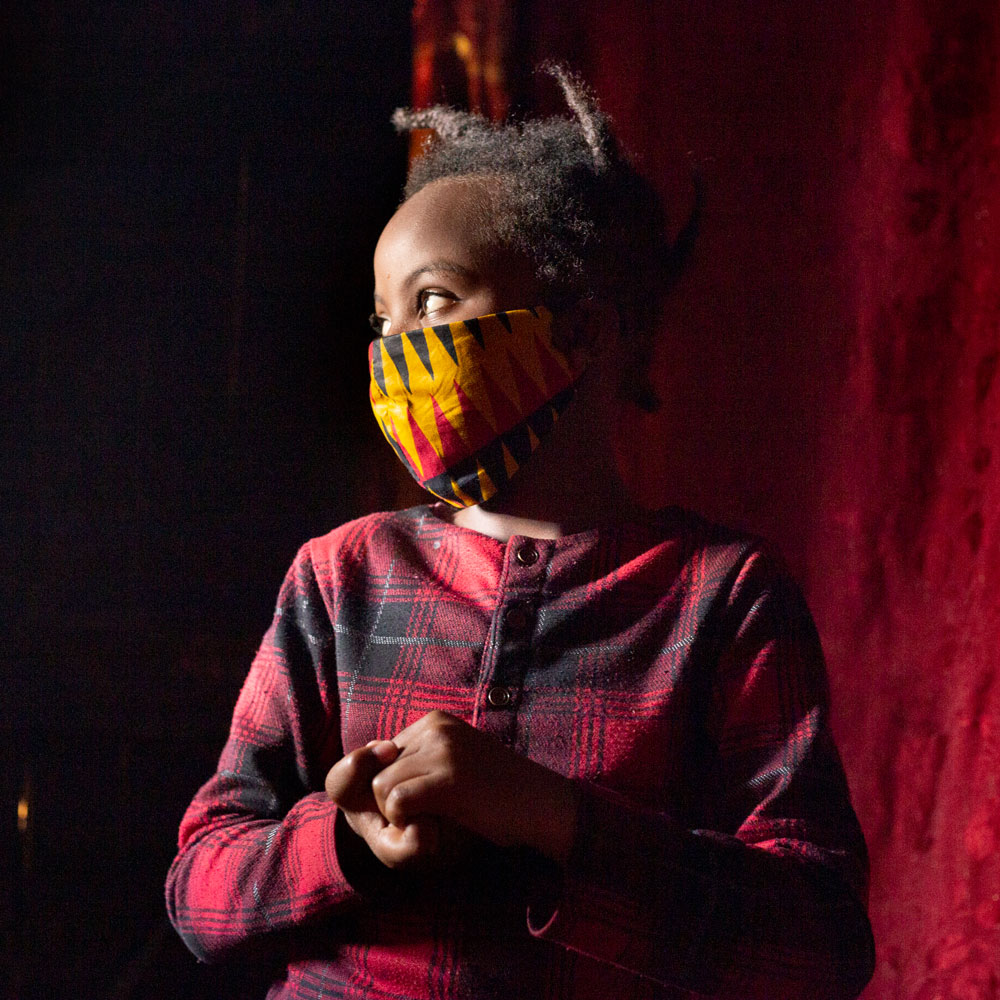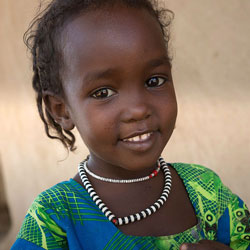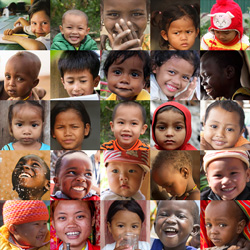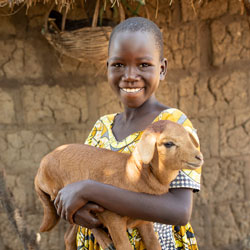How child labour affects children around the world
At ChildFund we believe all children should grow up feeling cared for, encouraged and valued, no matter where they live.
Every child should explore, learn and thrive, and be able to reach their potential.
Unfortunately, many children around the world grow up in an environment of fear, unable to have the childhood they need. Millions of children are forced to work in dangerous conditions when they should be learning and growing in the safety of a classroom.
The COVID-19 pandemic threatens to force more children into the workforce, with the economic impact adding further pressure to the household income of vulnerable families.
Despite laws to protect children, and an overall decline in the number of child labourers, 152 million children are still working too early. Below we take a look at how all 152 million children around the world are affected by exploitation as child labourers.
Many children work in agriculture, construction and other hazardous jobs
Of the 152 million children working, 73 million are in hazardous jobs. Agriculture, construction and manufacturing are some of the main industries employing children. In these industries children can be exposed to toxic chemicals, expected to operate dangerous machinery, and expected to work long hours and risk abuse.
When children work they often have to drop out of school, or their education suffers as a result of the additional responsibilities they have outside of school.
“In my life, I am happiest when I go to school, and see my classmates having fun,” said Phhuong, from Cambodia who dropped out of school in Grade 6 to help her younger brother continue his education.
“When I see my friends going to school, I feel very regretful. “I am not able to meet them any more. We used to play together.”
A report by the International Labor Organisation in 2015 found that in some countries working children were half as likely to attend school as children who were not working.
Without an education, or with a limited education, children are more likely to end up low-paid jobs which decreases their chances to escape poverty.
Older children are expected to work to provide for their younger siblings
In the world’s poorest countries, one in four children is a child labourer.
In many cases, the eldest child in the family is the most vulnerable to child labour. As soon as they are old enough to work, they are expected to help provide for their younger siblings.
Children may be expected to work if their parents are unable to
Sometimes children will be forced to work if one of their parents is unable to work. This is what happened to Arum’s daughter Mony, who is 13 years old and working in a dangerous brick factory after he mother was injured at work.
“I don’t want my kids uneducated like me,” Arun said. “I want them to study so they’re able to find better jobs.
“But I didn’t know what to do when my wife could not help me out on family income.”
Almost half of all child labourers are younger than 11 years old. In most regions, girls and boys are equally likely to be engaged in child labour.
How has the COVID-19 pandemic impacted child labour?
COVID-19 has shocked markets and economies around the globe. The resulting impact has the potential to push millions of children living in developing communities into child labour. As parents become sick with COVID-19, children may be forced to work to support the household. There is also no guarantee that all children in developing communities will be able to return to school once government lockdowns lift and schools reopen. Children who do not return to school are at high risk of early entry to the workforce.
Regions where child labour markets have been particularly resistant to changes in policy and practice may see circumstances become more difficult for children in the workforce. Disrupted supply chains, falling commodity prices and stalled manufacturing could see children, already in the workforce, enduring more hazardous conditions than before.
Get involved with World Day Against Child Labour
World Day Against Child Labour is a United Nations sanctioned observance that is held annually on 12 June. The observance raises awareness of child labour and encourages activism against child labour of all forms.
What is the theme for World Day Against Child Labour 2021?
World Day Against Child Labour 2021 is focused on mitigating the affects of the COVID-19 pandemic on progress towards reducing child labour and exploitation around the globe.
This year the United Nations will launch a “Week of Action”, beginning on 12 June, with the release of new estimates on child labour and the effect of COVID-19 on child labour statistics.
How can you get involved with World Day Against Child Labour?
If you’d like to get involved with World Day Against Child Labour, there’s a few ways you can join the conversation:
- Make a pledge: Encourage your organisation to make a pledge against child labour and how you will contribute to positive advances towards its reduction.
- Raise awareness: Share the new estimates for child labour or related resources on social media and raise awareness about the impact of COVID-19 on child labour around the globe.
- Start a conversation: Talk to family, friends, colleagues and others in your network about child labour.
- Fundraise for charity: Organise a charity fundraiser and donate the proceeds to an organisation that works against child labour, such as ChildFund Australia. No contribution to the cause is too small.
- Organise an activity: If you’re a teacher, you may wish to organise an activity at your school to raise awareness about child labour.
How you can help end child labour
ChildFund believes that ending the exploitation of children is inextricably linked to our poverty reduction work.
Poverty can result in more children becoming involved in harmful labour, rendering them vulnerable to trafficking, and increasing the likelihood of girls marrying at a young age.
ChildFund works with local partners, governments and communities to prevent and respond to the exploitation of children around the world. Donate now to help give children a childhood in which they are nurtured, protected, and have access to opportunity.
You can also give to our COVID-19 emergency appeal, and help provide vital assistance for children impacted by the pandemic around the globe. You’ll help keep children safe during a crisis where children are at risk of being exploited.
